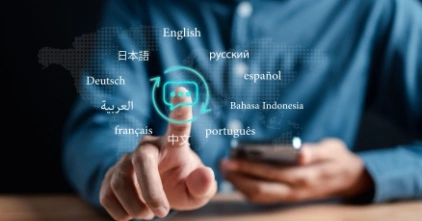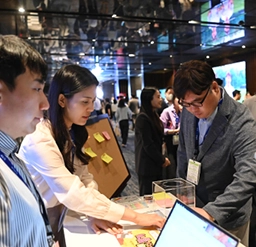Featured Insights and Perspectives from goFLUENT
The latest insights, ideas, and perspectives from goFLUENT. Explore a cross-section of up-to-date content on the trends shaping the future of global organizations, human resources, and language learning.

Artificial Intelligence

Artificial Intelligence
Most Recent Insights
Explore More Insights on Language Training & Assessment

goFLUENT Events
Join us at our live online and face-to-face events for more topic-specific insights.



